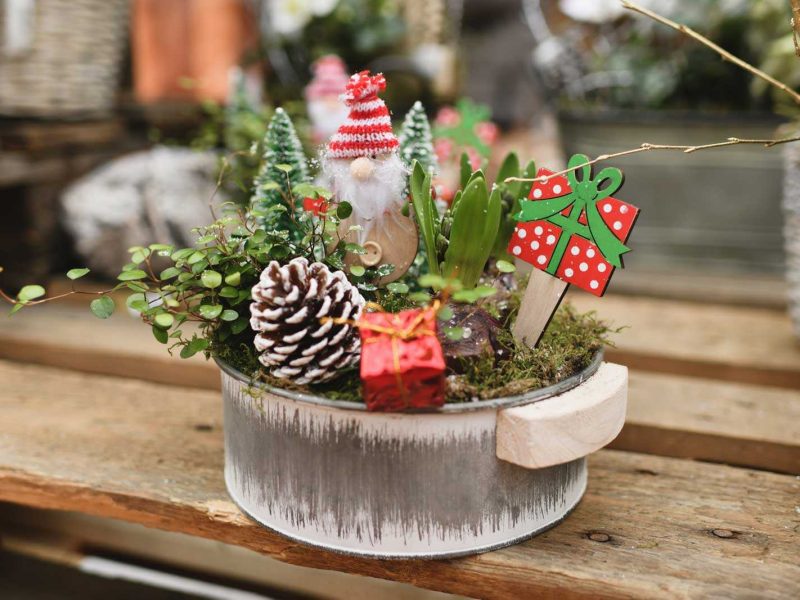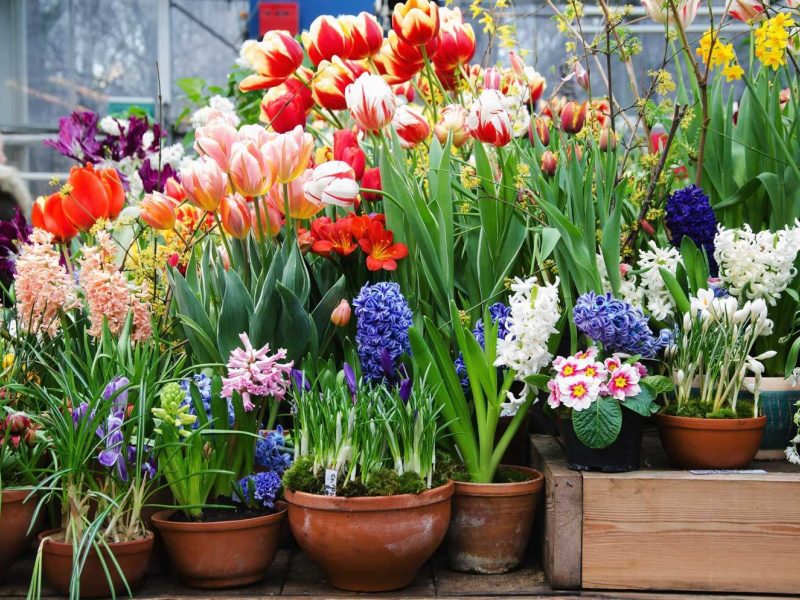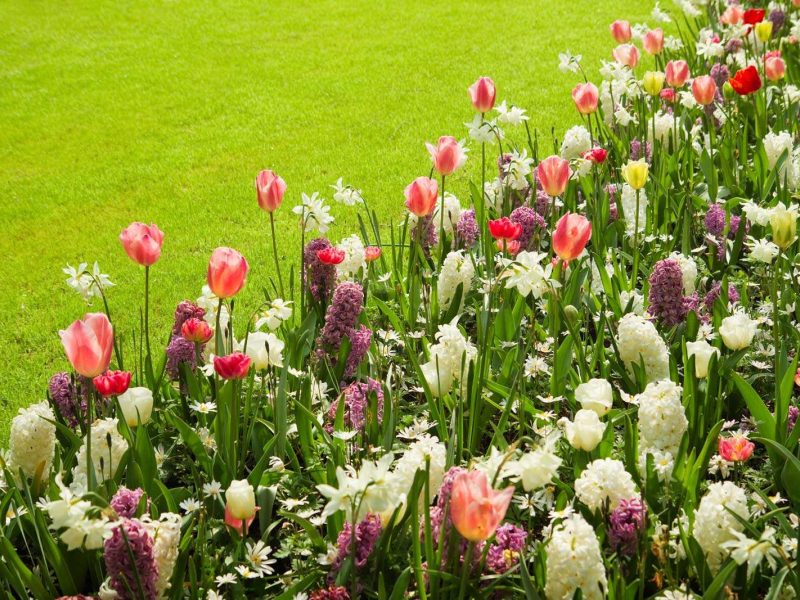Autumn Planting for Spring Beauty: Our Guide to Bulbs and Corms
Every gardener will agree that spring starts in
autumn. Although it sometimes feels as though September and October herald the
end of the gardening year, in fact they mark the beginning of a new year. Along
with planting trees and hedges, putting bulbs and corms into the ground is one
of the most exciting things you can do in autumn. Just imagine how you’ll feel
when those little green spikes start to push through what looks like barren
soil.
What are Bulbs and Corms?
Bulbs and corms are essentially underground storage organs for certain species of plants. They contain proteins, starches and other nutrients along with genetic material that can be utilised to grow leaves, roots, flowers, seeds and new bulbs or corms. Growing plants from bulbs and corms is remarkably easy and great fun for gardeners of all ages and abilities.
There are a wide variety of plants grown from
bulbs and corms. Some are spring flowering, some bloom later in the year, but
all of them are full of character.
Planting Bulbs and Corms
Planting bulbs and corms couldn’t be simpler. And because they are relatively compact and easy to handle, you can have great fun with them.
As a rule of thumb, bulbs and corms need to be planted into well drained soil. If they are to be planted outside, they should be buried to a depth of roughly three times the height of the bulb. So, a tulip bulb that is 5cm from top to bottom, needs to have 15cm of soil on top of it.
Most bulbs prefer to be outside because they need a period of vernalisation to stimulate growth. Vernalisation means exposure to a prolonged period of cold, during which the bulbs grow roots and develop flowers embryos. Without vernalisation, your bulbs may grow plenty of foliage but not flowers. Which is why, wise gardeners are sure to plant their spring flowering bulbs in the autumn time.
When it comes to indoor bulbs - and yes - there are some bulbs that make great houseplants - some garden centres will sell what are termed ‘prepared’ or ‘forced’. These have already been vernalised by the grower and can be planted indoors for relatively quick flowering. Forced bulbs are ideal for planting indoors in autumn time so that they will be in full bloom in time for Christmas. They make brilliant festive gifts!

Planting Bulbs for the Cutting Garden
Spring flowering bulbs may not suit the planting plan in your main garden, but there’s no reason why you can’t save yourself a fortune on cut flowers, by planting swathes of daffodils, tulips or bluebells in a discreet part of your plot. Come spring, you’ll have a ready supply of cut flowers for the house.
Successional Planting
Savvy gardeners will factor in flowering time when choosing varieties of bulbs and corms. Do you want one short, bright burst of colour, or would you rather your spring bulb display lasted all the way from February until June?
Packs of bulbs in your garden centre should all be labelled with the expected flowering time for each particular variety. That way you work out what to plant for a succession of colour. If in doubt, garden centre staff will be able to help you plan your display.

Inspiration for Creative Bulb Displays
Whether you are planting bulbs directly in the soil, outdoors in pots or indoors in containers, the sheer variety of bulbs and corms these beauties allow you to be truly creative.
Here are a few suggestions:
- A large drift or a container full of single variety bulbs looks amazing.
- Groups of spring bulbs planted amongst herbaceous perennials or shrubs provide splashes of colour while you wait for herbaceous perennials to grow and bloom.
- A group of containers on a patio offers a wealth of colour - individual pots can be moved around as the flowers form, bloom and die back.
- How about placing bulb-filled pots at strategic points around the garden? When the bulbs finish flowering, the container can be moved out of the way and replaced with a fresh display.
- Colour co-ordinated patterns look amazing - these need careful planning to ensure that all the plants are flowering at the same time.
- Planted in imaginative containers along with accessories, spring bulbs make attractive gifts - you might need to think ahead though and get these planted up a few weeks in advance of Christmas or even Mother’s Day.
However you decide to use bulbs and corms in your garden, remember that autumn planting will definitely get you the best results. And it’s more economical too. You will be able to buy pre-grown spring bulbs in the garden centre during the early months of the year - but that’s way more costly than planning ahead and planting in autumn to prepare for spring beauty.

You may also enjoy:
How to boost your wellbeing with colour in the garden https://nationalgardengiftvoucher.co.uk/inspiration/articles/using-colour-in-the-garden-to-boost-your-wellbeing
Your garden in September: Seasonal advice from Pippa Greenwood. https://nationalgardengiftvoucher.co.uk/inspiration/articles/your-garden-in-september
Discover the joy of gardening in autumn. https://nationalgardengiftvouc...
